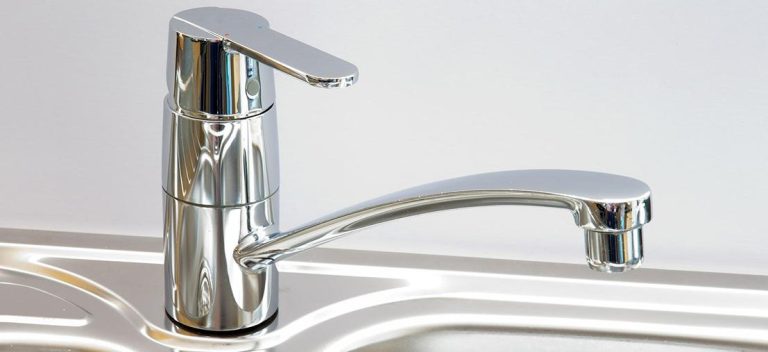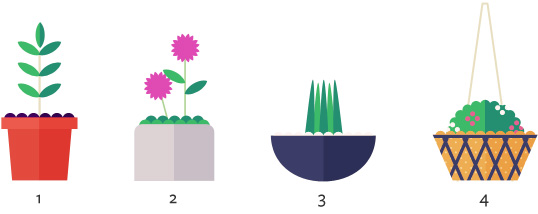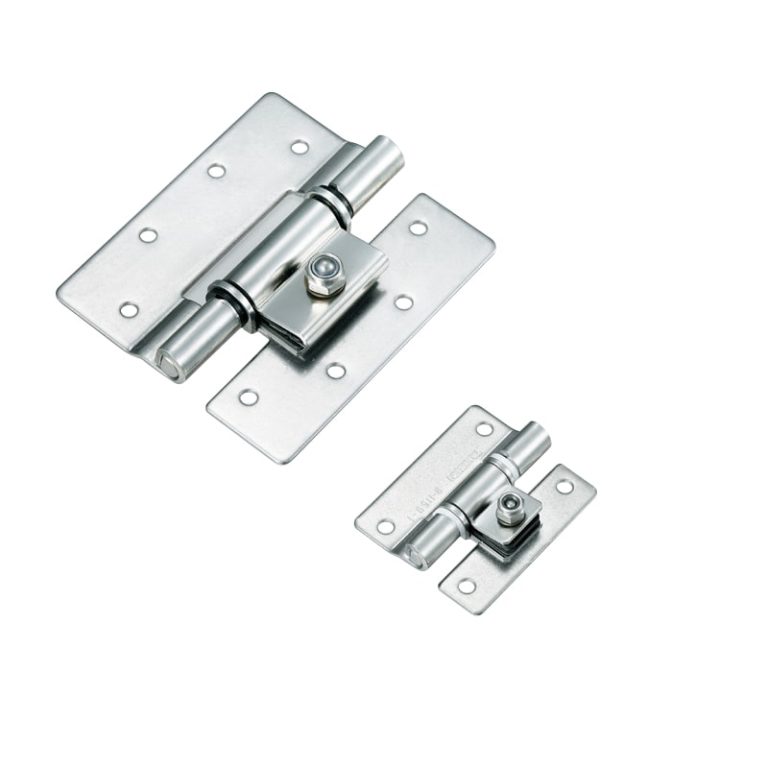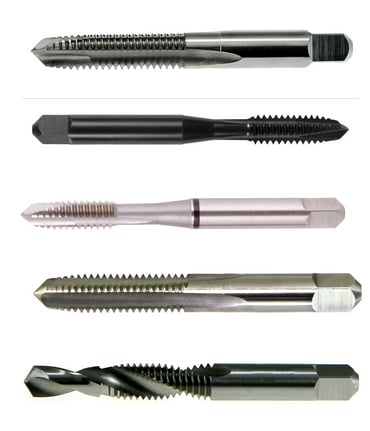What is a cut resistant glove?
Work Safety News
What is a Cut-Resistant Glove?
Hand cuts, punctures and slices can be serious – and prevent you from using your hand for weeks or months at a time. In some cases, if you cut nerves or a muscle, you might need surgery or might not be able to have full use of your hand.
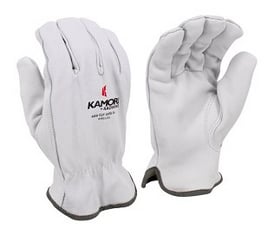
Your hand contains 29 bones, 29 major joints, 123 named ligaments, 17 muscles in the palm of your hand, 18 muscles in your forearm, 48 named nerves, three major nerves, 30 names arteries and many sensory and muscle branches and smaller arteries. You can imagine the damage if you damage your hand in just the right place. Hand injuries cost employers over $740 million every year. Employers face fines on average of $6,000 per OSHA citation for PPE hand protection non-compliance.
Abolox carries the proper hand-protection PPE in the form of cut-resistant gloves to keep employees safe and remain compliant with OSHA.
Cut-Resistant Gloves and How They Keep Employees Safe
Many industries require employees to work with sharp objects, such as screwdrivers, knives, blades, awls, scrapers and more. All it takes is for a knife or another sharp tool to slip, and you could end up with a severe cut or puncture in your hand.
Cut-resistant gloves protect your wrists and hands from the risk of being cut or punctured by sharp objects. They are often made from puncture-resistant material, such as polyethylene, Kevlar, fiberglass, or Dyneema.
There are many types of cut-resistant gloves on the market. Knowing which type is best for your employees is as important as providing the gloves to them.
Cut-Resistant Glove Selection Criteria
When determining the type of gloves best for your employees, you have four criteria to choose from:
- Cut resistance
- Fit
- Coating
- Lining
Cut-Resistance
Cut-resistant gloves are rated according to EN 388 and ISO 13997. The EN 388:2016 standard rates gloves from 1 to 5. When looking for rated cut-resistant gloves, the higher the number under the EN 388 standard, the better the gloves protect your hands. A glove rated 1 takes one to two cycles to cut through the glove, while a glove with a rating of 5 takes a minimum of 20 cycles to cut through the glove.
Under the ISO 13997 standard, the gloves are rated A through F. It is an additional test used for gloves that are rated highly cut-resistant. The scale starts at Class A with 2 Newtons and goes through Class F with 30 Newtons.
Fit
Make sure the cut-resistant gloves fit each employee properly. They will be more likely to wear them. Additionally, a poor-fitting glove doesn’t protect the hands as well as a good-fitting glove. It could also get caught in machinery if the fit is too big.
Depending on your industry, you might also need gloves that are finger-sensitive, so employees can work with small parts and fine tools. Gloves should also breathe well, especially when employees must wear them for a long period of time.
Finally, if your employees also use digital tech, you might look for gloves that have a touchscreen property. This allows the employee to use a touch screen without removing the gloves.
Coating
The glove’s coating determines how well the glove grips. Thus, the coating is just as important as the cut resistance of the glove. Common coatings include:
- Polyurethane: This coating allows for a thin, breathable and flexible glove. It works well when gripping dry and non-oily items.
- Nitrile / nitrile foam: Nitrile provides a strong grip for employees working with grease and oil. It also prevents liquids from penetrating the glove.
- Latex: When your employees need to protect their hands against abrasions, latex is the best coating. It is also water-repellent, which makes it a good coating for winter gloves. It does not do as well when working with grease and oil, as it can become slippery.
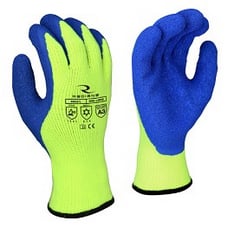
Lining
Finally, you need to choose the proper glove lining. In many cases, the lining is a combination of some of the most common fibers, including:
- Aramid: Provides medium cut resistance. Brand names are Twaron and Kevlar. This lining is also heat-resistant but is less resistant to UV radiation and abrasion.
- HPPE (Polyethylene): Provides medium cut resistance and is comfortable. This lining also provides resistance to abrasions.
- Dyneema: This lining is lightweight and cut resistant. The material also extends the durability of the gloves.
- Fiberglass: This material is often mixed with other materials to make them more cut-resistant. It is not often used alone as it can break when used over a long period of time.
- Stainless steel: When you need a very high cut resistance, you might choose a stainless steel lining. It is usually mixed with fiberglass or HPPE. However, as with fiberglass, when used over a long period of time, stainless steel tends to break.
ANSI Cut Level Ratings
You can also tell which gloves are best for your employees by looking at the ANSI / ISEA cut level rating:
- A1: Light cut hazards – best for assembly, material handling, warehouse work, maintenance, general purpose, construction, and packaging.
- A2: Light to medium cut hazards – best for everything you might use an A1-rated glove for, plus metal handling and appliance manufacturing.
- A3: Light to medium cut hazards – same as A2, except an A3-rated glove is 1,000 to 1,499 grams instead of 500 to 999 grams.
- A4: Medium cut hazards – best for handling light glass and bottles, dry walling, carpet installation, electrical, paper production, HVAC, automotive assembly, metal stamping and handling, appliance manufacturing and warehouse.
- A5: Medium cut hazards – same as A4 plus canning and has a rating of 2,200 to 2,999 grams instead of A4’s 1,500 to 2,199 grams.
- A6: Medium to heavy cut hazards – same as A5, but has a rating of 3,000 to 3,999 grams.
- A7: Same as A6 plus meat handling and has a rating of 4,000 to 4,999 grams.
- A8: Heavy cut hazards: Same as A7 but has a rating of 5,000 to 5,999 grams.
- A9: Heavy cut hazards: Same as A8 but has a rating of 6,000-plus grams.
Contact Abolox for Cut-Resistant Gloves
When you need cut-resistant gloves for yourself or your employees, visit the Abolox website. If you don’t see something you need or if you have any questions regarding cut-resistant gloves, call Abolox at 321-610-1896, and we’ll source what you need.
